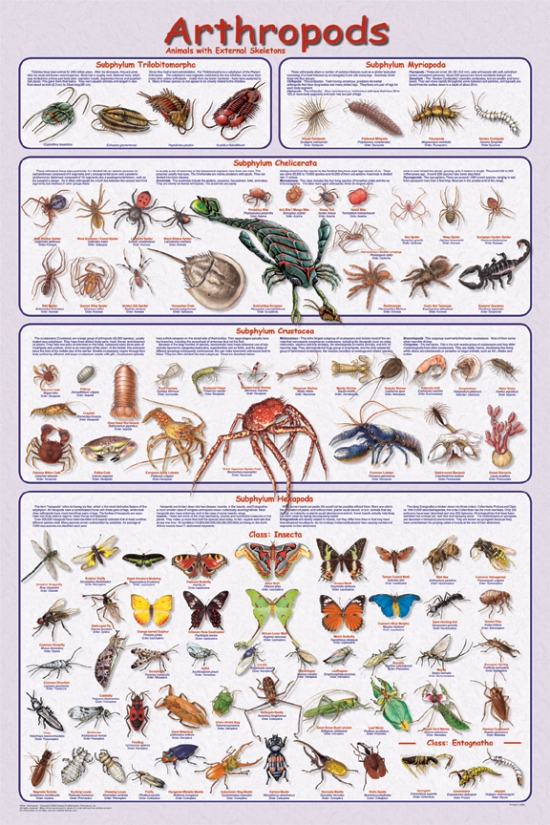Invertebrates are an essential food source for most farmland birds yet their relative abundance and biomass in the most commonly grown arable crops are poorly understood. Dvac suction sampling was used to determine the abundance, biomass and community composition of those invertebrate groups considered important in the diet of farmland birds for the commonest arable crops. Approximately 40 fields were sampled at the edge and mid-field over 2 years in three different locations in England. In cereals, the fauna was primarily comprised of Araneae (10%), Coleoptera (30%) and Hemiptera (58%), whereas the oilseed rape fauna was dominated by Coleoptera (65%) and peas and potatoes by Hemiptera (89%). Beans contained a high proportion of Coleoptera (39%) and Hemiptera (49%). Aphididae were the most abundant family (20–86% of total), although in oilseed rape and beans, Chrysomelidae, Curculionidae and Nitidulidae formed ca 20% of the fauna. Aphids only formed a small proportion (7%) of the total biomass, except in peas (32%).
Instead, Araneae, Carabidae, Heteroptera, Homoptera and Tipulidae formed much larger and more equal proportions. The highest abundance and biomass of invertebrates were recorded in cereals and least in potatoes. The Grey Partridge chick-food index in all crops was only a half or less of the level required to ensure that chick survival is sufficient to maintain numbers of this red-listed species. The total number of invertebrates, their biomass, diversity and the Grey Partridge chick-food index were higher at the crop edge compared to mid-field. Conservation measures are needed to help reverse the long-term declines of invertebrates on farmland, which should include developing further invertebrate-rich, agri-environment scheme options and management techniques to encourage invertebrates considered important as bird food within arable crops.
Source:
Holland, J.M., Smith, B.M., Birkett, T.C. and Southway, S. (2012), Farmland bird invertebrate food provision in arable crops. Annals of Applied Biology, 160: 66–75. doi: 10.1111/j.1744-7348.2011.00521.x
http://onlinelibrary.wiley.com/doi/10.1111/j.1744-7348.2011.00521.x/abs…

- Log in to post comments
